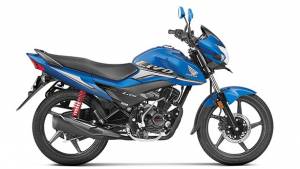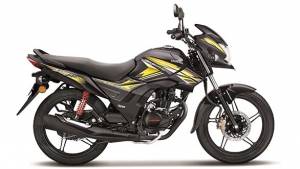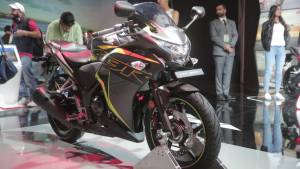Spec shootout: Honda Dream Neo vs Dream Yuga
After its split with Hero MotoCorp in 2011, Honda Motorcycles and Scooters India (HMSI) has aggressively pursued the Indian market. In 2013, not only did the company launch new products, it also made significant updates to its existing line-up.
Honda's erstwhile partner, Hero MotoCorp however, continues to be the world's largest motorcycle maker largely riding on the sales of the Splendor, which was co-developed by both the companies, priced between Rs 45,000 and Rs 50,000.
So HMSI launched the Dream Yuga at Rs 50,000 (ex-Mumbai) to counter this. And within a year of launching the Dream Yuga, HMSI announced the launch of Dream Neo.
The defining difference between the two bikes was thought to be a higher 74kmpl mileage because of "Honda Eco Technology (HET)" that the Neo boasts of. However, HMSI recently updated the Yuga with HET and now the mileage figures are also the same.
So how different is the Dream Neo from the new Yuga? Here are the spec comparison (see table at the end for figures).
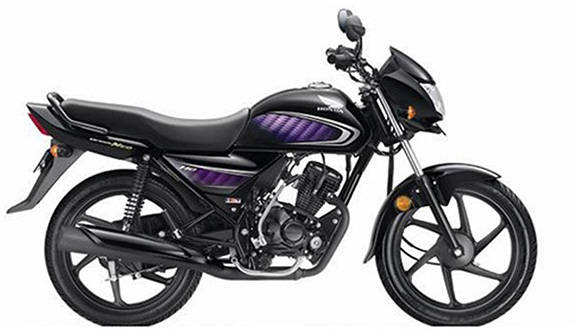 2013 Honda
2013 Honda
Looks
One of the most significant differences between the two bikes is how they look, starting from the bikini fairing. The Yuga's fairing is more upright while the Neo's is a bit rounded, almost like the Hero HF Deluxe. The mirror stalks and grips look the same. The turn indicators of the Neo are the usual orange-coloured while those on the Yuga are clear-lens. The side panels are a tad different. HMSI have also put different graphics on the Dream Neo and they are, dare we say, snazzier than the Yuga. HMSI designers have made the Neo more of a utilitarian bike as is evident from the tubular grab rail as compared to the cast one on the Yuga. The rear section on both the bikes are identical and so are their tail pipes.
In a nutshell, while the Yuga's design looks similar to the Shine, the Neo's has a fresher element to it. So, the pick is yours.
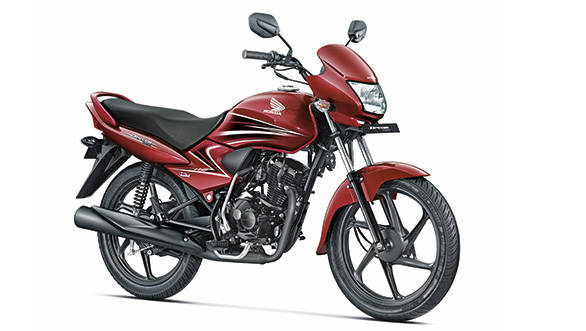 2013 Honda with HET
2013 Honda with HET
Features
Both Yuga and Neo are evenly matched as far as the features are concerned. Both come in three variants with tubeless tyres in the top two variants and tuff-up tyres for the base spoke-wheel variant.
The viscous air filter and the maintenance-free battery are standard. The fuel tank lid doesn't have a hinge on either bike. Both are also equipped with a passing light switch. A telescopic front suspension with 5-step spring preload rear suspension is also standard. Honda says that the Neo has a long-travel suspension and for optimum comfort of both the rider and pillion, the seat is longer. Also common to both the bikes are 130mm front and rear drum brakes. We loathe the fact that neither of these bikes come with a front disc brake option. A gripe we noticed on the Neo is that there is no storage space for the bike's papers. The Yuga had a very clean slot near the battery panel. In the Neo, you have to pry open the panel, then pull out the two screws to release the seat, to access the 'paper cavity', something which the average commuter will not be happy to do.
The instrument console of the Neo has a white band around it. But if you remove the white band, voilà, you have the Yuga's meter console.
Strangely, the Neo weighs 3kg less than the Yuga at 105kg. The Neo also has better ground clearance of 179mm as compared to the Yuga's 169mm, which should help it clear all those bumps and potholes with relative ease.
Engine and fuel efficiency
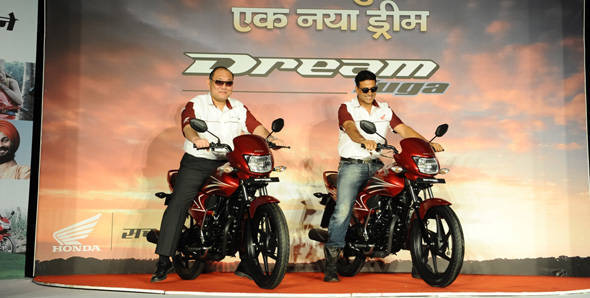
There is not an iota of difference between the two engines. Both the motorcycles share a 109cc air cooled 4-stroke engine. This particular engine first debuted on the CB Twister and was then passed onto the Yuga, Passion XPro and now the Neo. The 8.36PS/8.63Nm power and torque as also a 4-speed all-up pattern gearbox are common to both. Honda claims an identical mileage of 74kmpl for the Neo as well as the new Yuga.
Conclusion
With its snazzier graphics and colour schemes, the Neo wants us to believe that it is indeed the one for the youth. However, Honda has a different take. They say that 100cc motorcycle buyers will usually shy away from the Yuga, which is perceived as a bigger, flashier two-wheeler. According to them, the typical client for entry-level commuter bikes belongs to an age group that prefers more staid styling, thus the Dream Neo. To our eyes, we see nothing to identify the Neo as the 'staid' sibling, but there you go. Ultimately, Honda's intended clientele will decide. At about Rs 3,000 less, the Neo is definitely a cheaper option to the Yuga, especially with virtually no difference in their specs. Since the Neo saves on a bit of your cash, it is our pick of the two.
Note: This is a specs comparison. We will be road-testing the Neo soon to see if there's any real-world difference between in and the Yuga.
In specs: Dream Neo vs Dream Yuga
| Motorcycle | Dream Yuga |
| Engine | 109cc Air Cooled, 4 Stroke, SI Engine |
| Gearbox | 4-speed |
| Fuel tank capacity | 8-litres |
| Fuel efficiency | 74kmpl |
| Ground clearance | 169mm |
| Kerb Weight | 108kg |
| Brakes (front and rear) | 130mm drums |
| Power and torque | 8.6PS/8.63Nm |
| Prices, ex-Mumbai | Rs 50667 - Rs 52776 |
| Motorcycle | Dream Neo |
| Engine | 109cc Air Cooled, 4 Stroke, SI Engine |
| Gearbox | 4-speed |
| Fuel tank capacity | 8-litres |
| Fuel efficiency | 74kmpl |
| Ground clearance | 179mm |
| Kerb Weight | 105kg |
| Brakes (front and rear) | 130mm drums |
| Power and torque | 8.6PS/8.63Nm |
| Prices, ex-Mumbai | Rs 46140 - Rs 50426 |
Starts Rs 42,391
109cc
4-Speed
8.31
9.09
74.00 Kmpl
Starts Rs 39,900
97cc
4-Speed
8.00
8.05
-NA-
Starts Rs 54,909
109cc
4-Speed
8.31
9.09
-NA-
